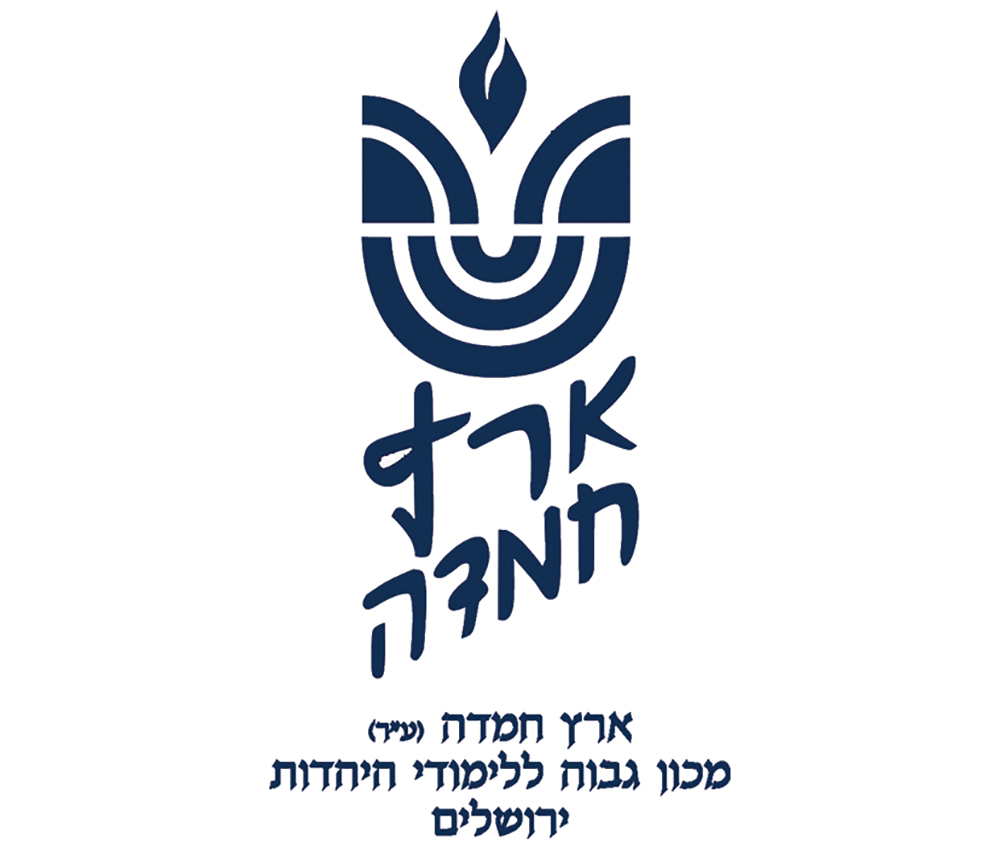
לעילוי נשמת
יואל אפרים בן אברהם עוזיאל זלצמן ז”ל
Question: Two members of my community asked me a no-tension, monetary halacha question. Reuven Cohen lent Shimon Levi (both under bar mitzvah = katan) his basketball. Shimon lost it, and the Levis offered to pay for a new one. The Cohens ordered the exact ball on-line and charged the Levis. Later, the Cohens found the ball in the neighborhood. Who should get the two balls?
Answer: While these agreeable people—who have gone beyond halachic requirements (see below)—can do whatever they agree on, it is an honor to discuss relevant general halachot.
A “katan”—who is not expected to be proficient at watching objects—and his parents, are exempt from payment for his deficiencies as a “shomer” (watchman) (see Bava Kama 87a). However, our communities seem happier when children are encouraged to be careful and when their parents often pay for their failings.
It is common that when one damages or loses another’s item, he buys or pays for a new replacement. This is not always required, as the obligation is to pay the value of the lost object. Used items—including basketballs—are often worth less than their new replacement. (Paying more than one is required is not a problem of “ribbit,” as “ribbit” is forbidden when it is for delaying paying a loan or sometimes other obligations—not for paying more than obligated.)
Now, we get to your question about what to do with the balls. The mishna (Bava Metzia 33b) says that if a shomer pays for the theft of the object he was watching and later, the thief was caught and has to pay double (kefel), the shomer gets the kefel. The Gemara posits that since the shomer is nice enough to agree to pay, the owner transfers him rights to the kefel. In response to technical problems about the ability to transfer such a potential, amorphous asset, the Gemara answers that an implied, earlier, conditional (should he pay) transfer of the object makes it possible for the shomer to get the kefel. The Gemara continues that this transfer applies to a variety of external gains from the object (not just kefel), but not to an animal’s physical products, e.g., wool and offspring.
Tosafot (ad loc.) understands that the Gemara refers to a literal transfer of the lost/stolen object, so that the shomer owns the object he paid for. According to this approach, once the Levis paid, the Cohens ceded ownership rights to the old basketball. If Reuven Cohen wants his old ball back, he would have to request a favor from the Levis (the reciprocation should be the return of the money the Levis paid).
The Rambam (Sheila 8:1) describes how when an animal stolen from a shomer is found, it returns to the original owner with its wool and offspring. According to the standard explanation of the Rambam (see Maggid Mishneh, ad loc.; Ketzot Hachoshen 295:4) wool and offspring are not exceptions to the rule, but are indicative of the fact that all stolen and lost objects remain owned by the original owner even after the shomer pays for their loss. According to this approach, Reuven Cohen keeps his basketball, and the payment is returned when it turns out there is no loss.
We generally assume like Tosafot’s approach (Pitchei Choshen, Pikadon 8:13). The Shach (Choshen Mishpat 295:11) suggests that the Rambam agrees that the shomer keeps the object if he wants it, just that the Rambam discussed a case that he did not want it.
It appears that since the whole idea of getting rights in the animal is in appreciation for the shomer’s cooperation, Tosafot agrees that he can turn down receiving the object when it is found and can, thereby, be eligible to receive the money he gave. (See also Shulchan Aruch, Choshen Mishpat 103:11 for a precedent of undoing a forced payment after the lost object was found.) In our case, that would seem to mean the Cohens would have two basketballs. However, it is very possible here that since, conceptually, the Levis gave a basketball (just that for technical reasons, the Cohens ordered it), the Cohens would give the Levis the new basketball.
We cannot address every permutation, but trust the friendly parties to “have a ball” continuing to cooperate.
Rabbi Mann is a dayan for Eretz Hemdah and a staff member of Yeshiva University’s Gruss Kollel in Israel. He is a senior member of the Eretz Hemdah responder staff, editor of Hemdat Yamim and the author of “Living the Halachic Process, Volumes 1 and 2” and “A Glimpse of Greatness.”








